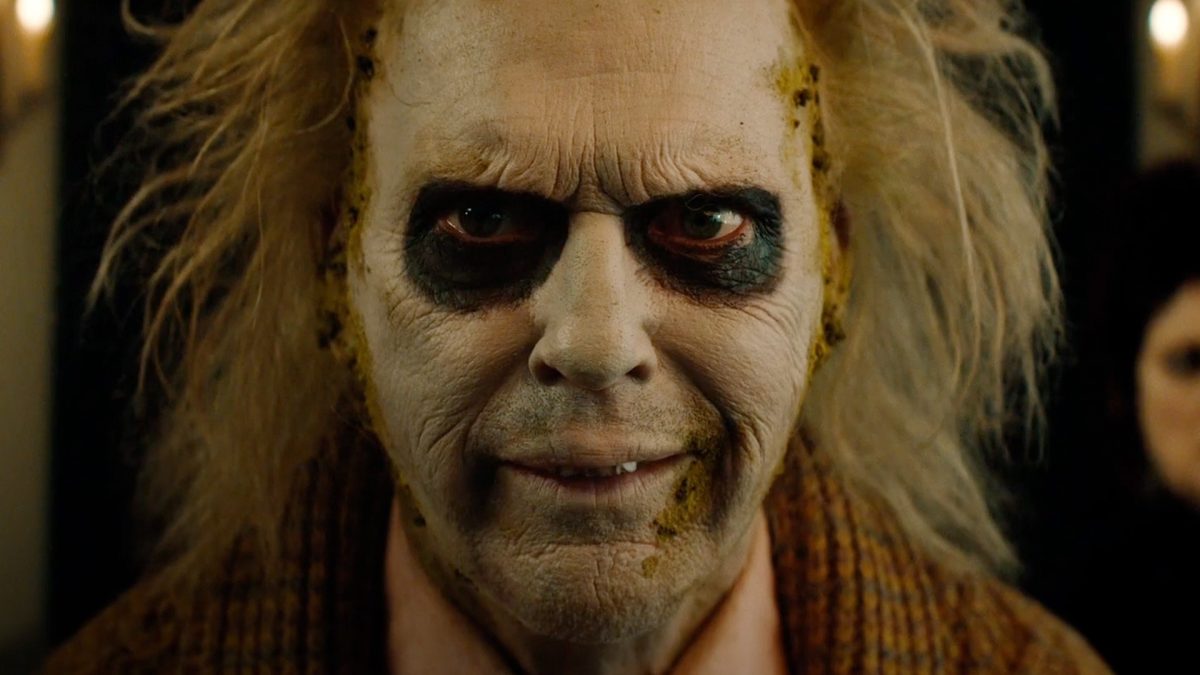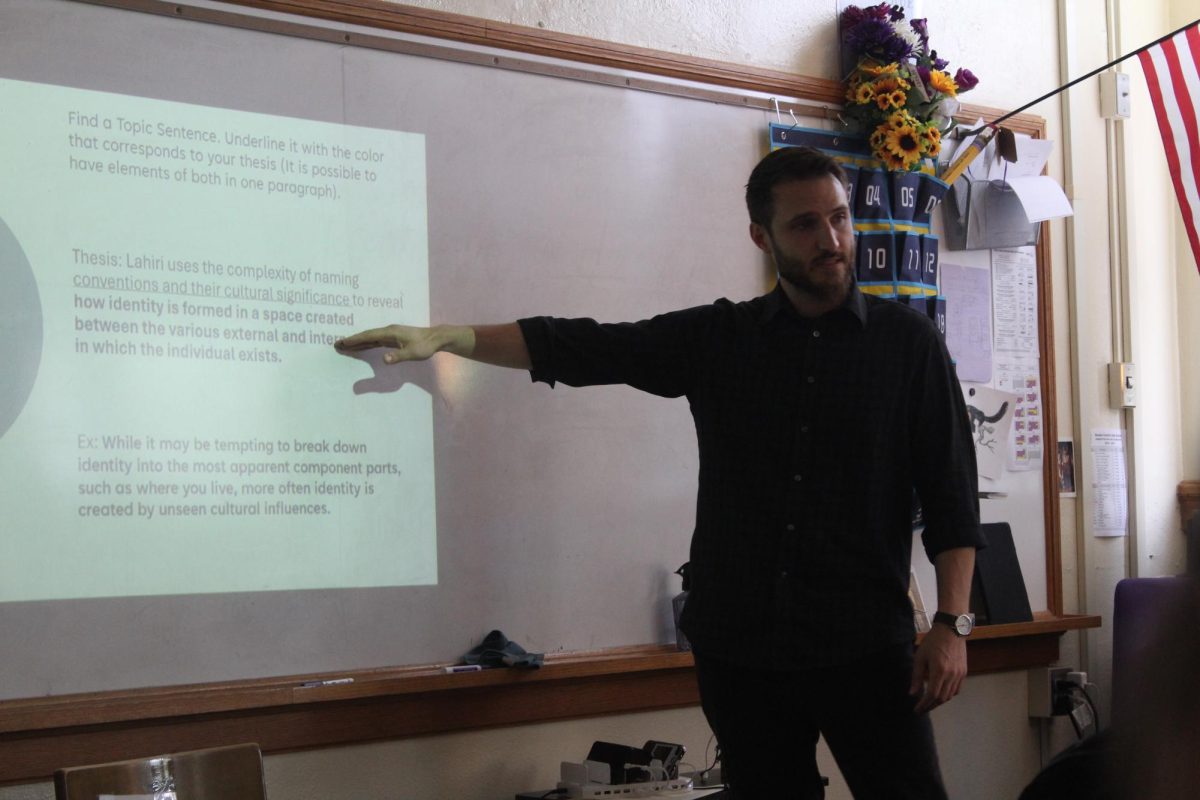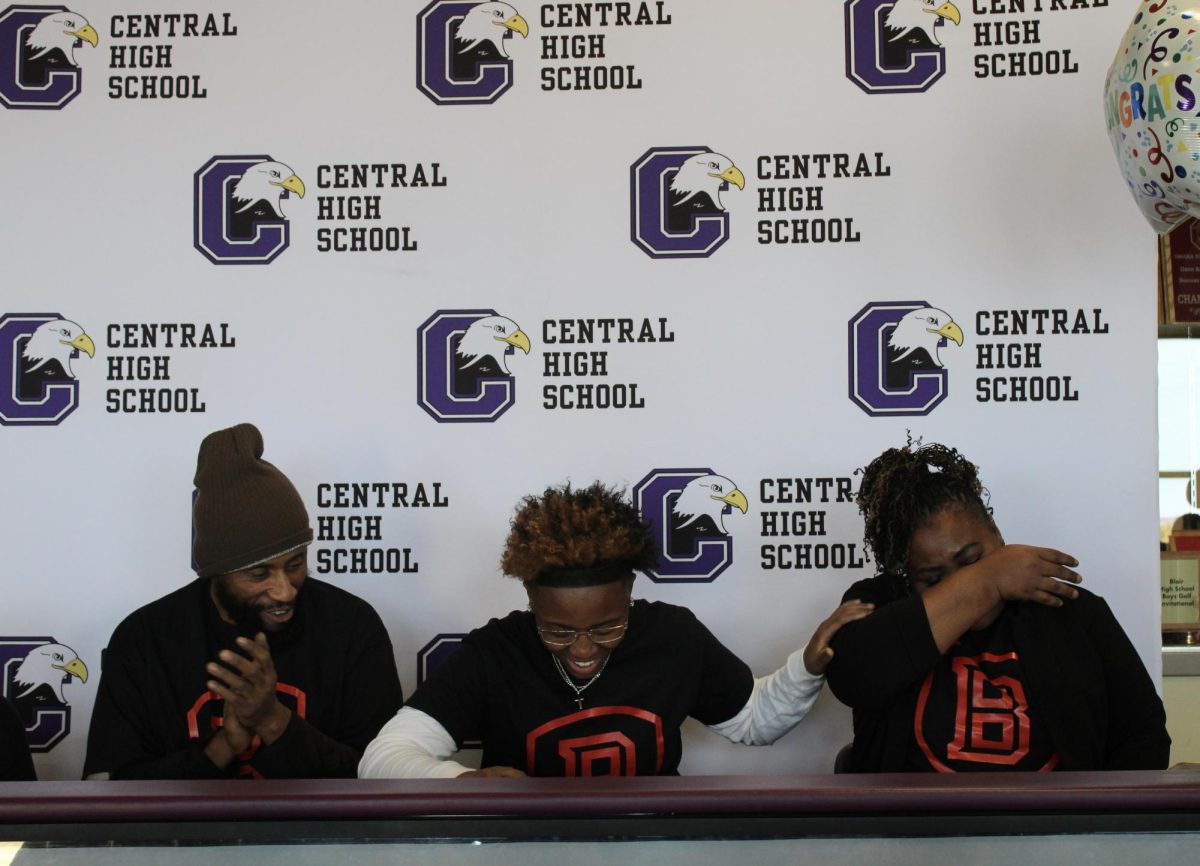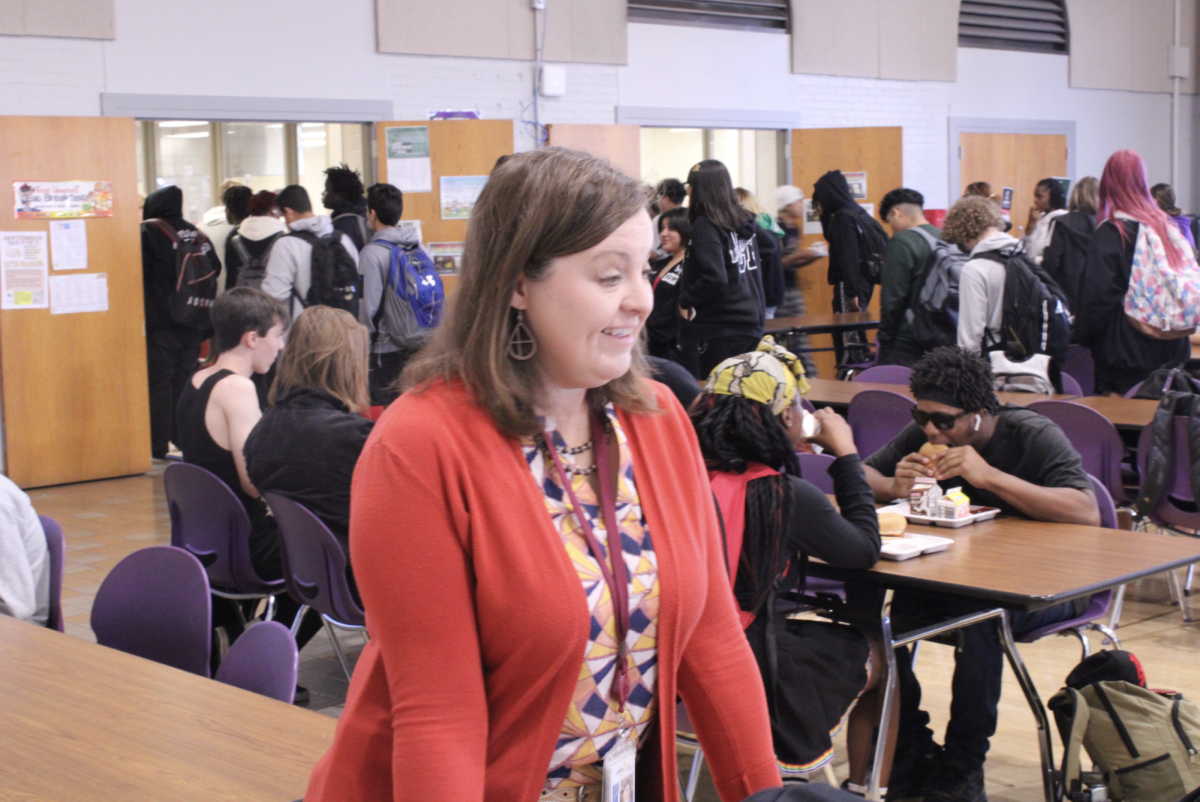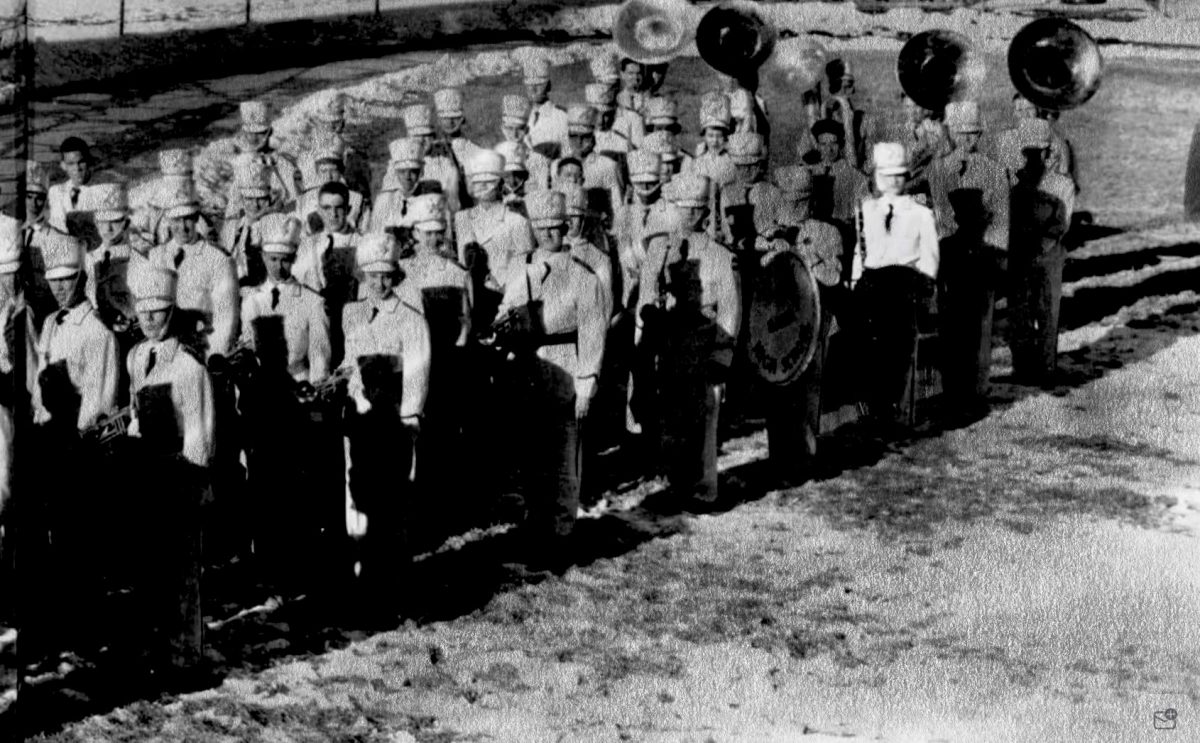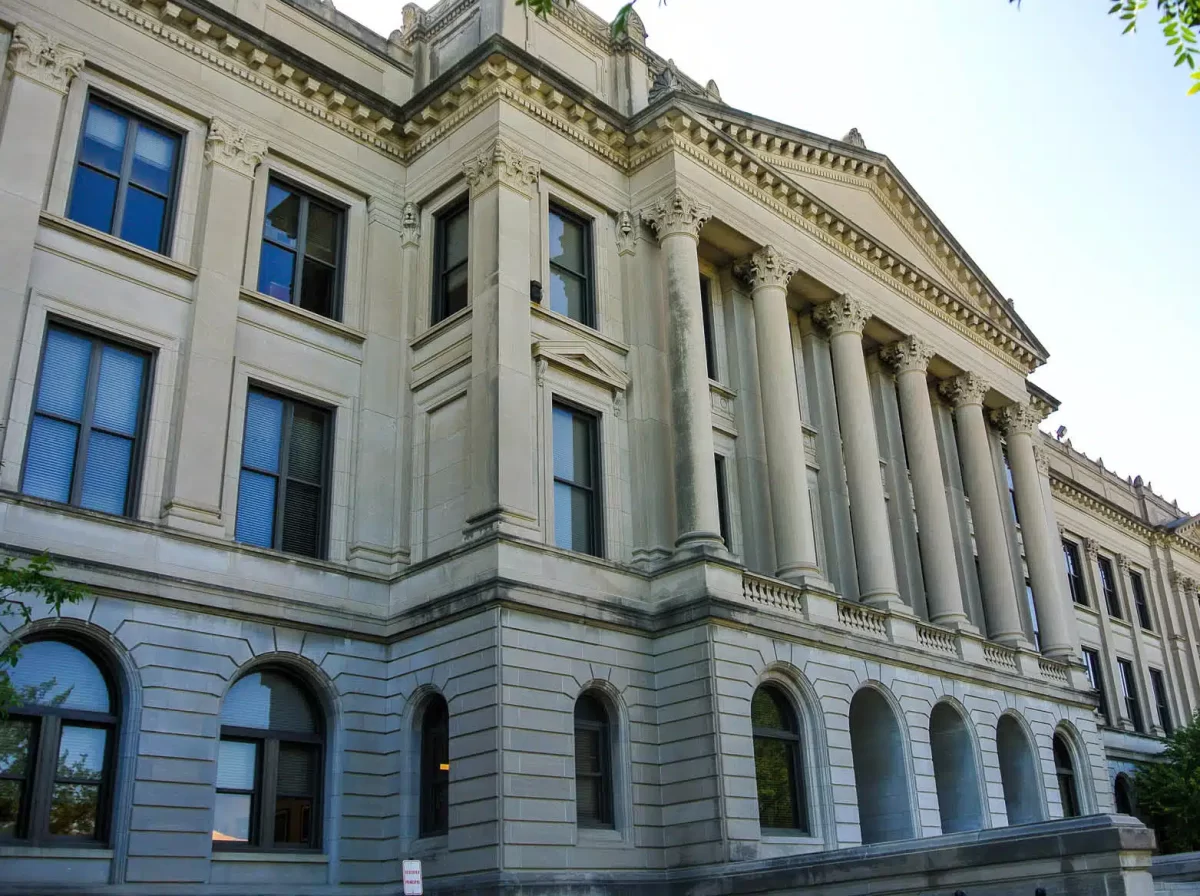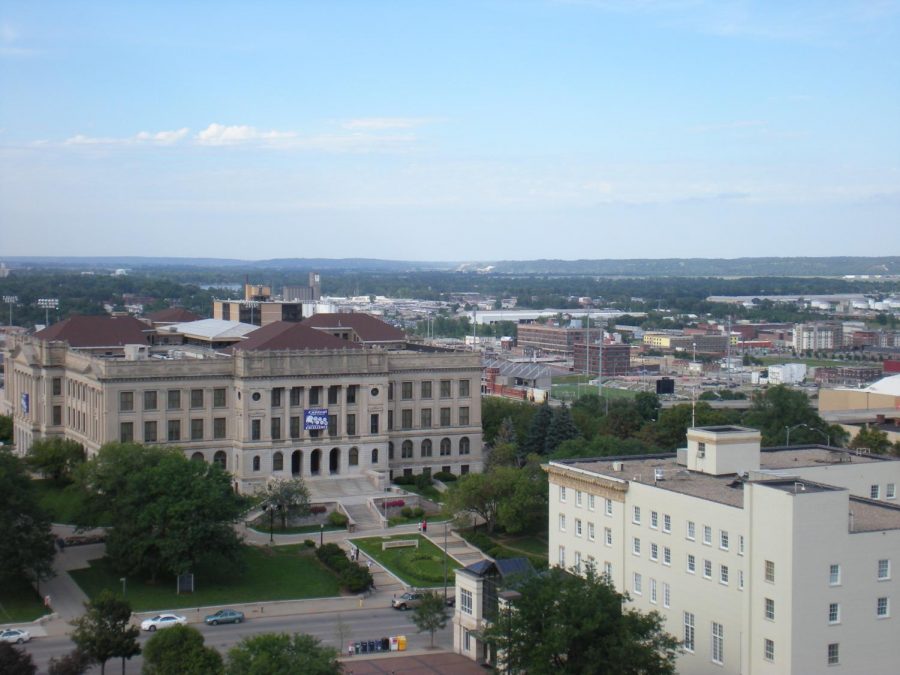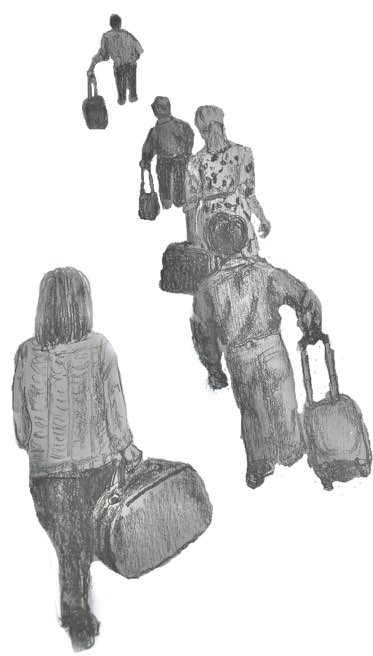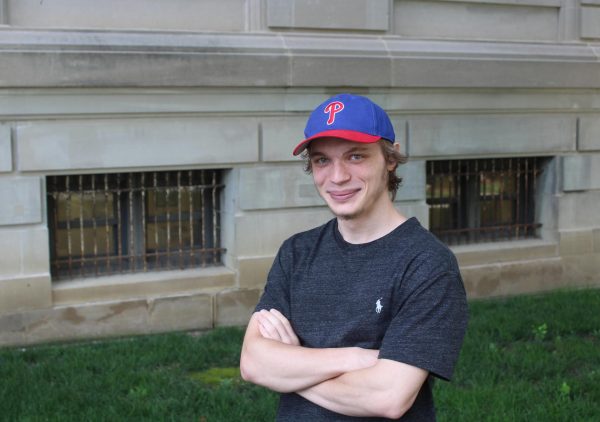Central High School has 149 classroom teachers in the 2023-24 school year, the lowest number of teaching staff at the school in 20 years.
The number of teachers at the school has been declining since 2020, falling sharply when 39 teachers left at the end of the 2021-22 school year. Twelve additional teachers left the school at the end of the 2022-23 school year, but only nine new teachers started at Central in the current school year.
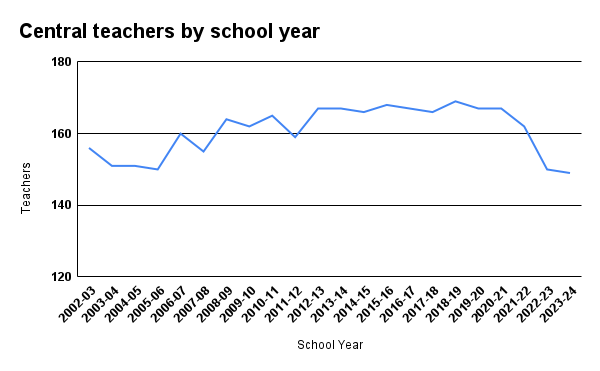
Central has 16 unfilled staff positions, at time of publication, more than any other high school in Omaha Public Schools.
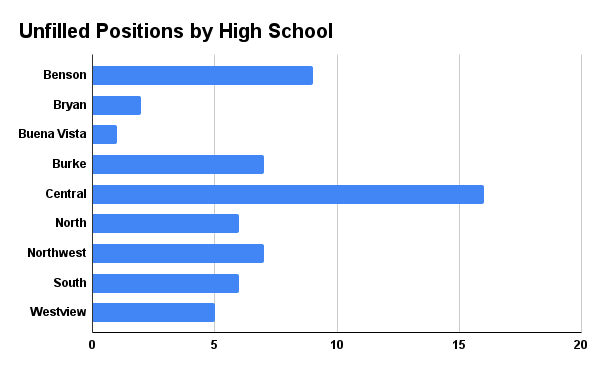
OPS Human Resources defines an “unfilled position” as anytime there is less than one teacher for every 28 students enrolled in classes offered by an academic department at a high school. Teaching positions that have been eliminated because the district was unable to hire a qualified teacher, like Central’s Chinese and Latin teaching positions, are not counted towards the number of unfilled positions.
The math department has five unfilled classroom teaching positions, more than any other department at the school.
Math Department Head Brent Larson said that the unfilled positions in the department make every math teacher’s job more difficult.
“Teachers always want to do their best and when you have more classes to teach, and larger classes to teach, it makes that harder,” Larson said.
While most teachers are given two periods to plan for their classes, many Central math teachers have agreed to give up one or both of their planning periods to ensure that math classes are covered.
Central’s International Baccalaureate Diploma Programme Coordinator Paul Nielson and Science Teacher Joshua Bullock have also agreed to teach math classes this year.
Bullock was approached during the month of July about teaching Algebra 1-2 classes, when it became clear that the math department would not have enough math teachers to cover all classes. He does not have an endorsement in mathematics but feels that he understands the material because algebra is frequently used in physics, which he normally teaches.
Nielson taught algebra for 10 years and helped write the curriculum for Central’s algebra classes. Nielson currently teaches one Honors Algebra 3-4 class in addition to overseeing the IB program; he said the class can be a lot of extra work on top of his preexisting responsibilities.
Larson thanked the teachers from other departments for their willingness to teach math classes that needed to be covered.
“The other departments knew we were hurting and stepped up to help our department,” Larson said.
The Special Education department has the second-highest number of vacancies, with four. Special Education Department Head Julianne Fant recognizes that this creates problems for the department.
Special education instruction teachers work on an individual basis with students with special needs to work on their Individualized Educational Plans (IEP), a legal document that outlines learning goals and strategies.
Special education teachers take on caseloads made up of a certain number of IEP cases. The average caseload for a special education teacher is 35 IEPs, which Fant said can be overwhelming for many teachers in the department.
Fant herself has a caseload of 22 IEPs, when she said that it was unusual for special education department heads to take on any cases only a few years ago.
“It is becoming quite a lot of work and I just try my best to control what we can control,” Fant said.
OPS Executive Director of Staffing Gregory Betts takes part in recruitment efforts in an attempt to fix the staffing issues for the district. The district attended 136 recruitment events in 20 states last year, Betts said.
Betts said that any prospective math teachers who apply in OPS will be offered a job at Central before any other school. These efforts have not currently yielded any new hires in the math and special education departments at Central.
“We are in a national teacher shortage, which is definitely indicated at some of our buildings,” Betts said. “We’ve talked to our universities and colleges and teacher programs, and they are seeing a drop in the number of students that are applying in math, science, and special education.”





